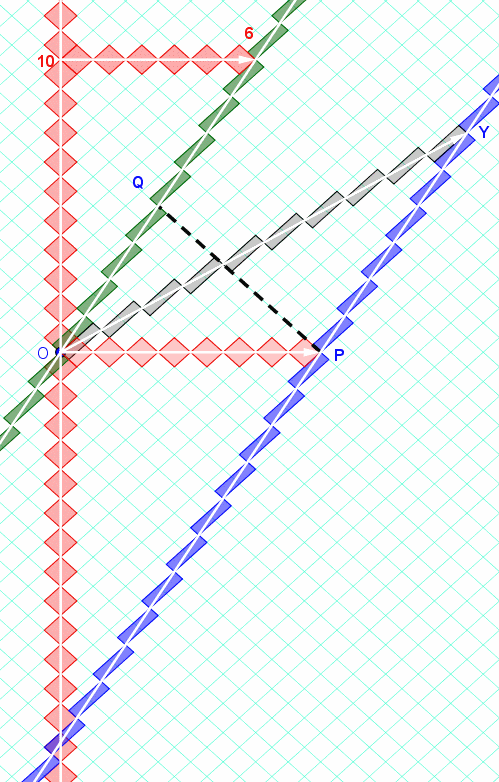“Standing beside railroad tracks, we are suddenly startled by a relativistic boxcar traveling past us as shown in the figure. Inside, a well-equipped hobo fires a laser pulse from the front of the boxcar to its rear. (a) Is our measurement of the speed of the pulse greater than, less than, or the same as that measured by the hobo? (b) Is his measurement of the flight time of the pulse a proper time? (c) Are his measurement and our measurement of the flight time related by Eq. 37-9?” - Fundamentals of Physics 10E by Halliday, Resnick
I am a homeschooled high school student who has been trying to learn about special relativity, but I was stumped by the answer to part (b). For part (b), the answer is “no (the start and end of the flight are spatially separated)”, however, isn’t the frame of reference for the hobo inside the boxcar? Furthermore, the term “proper time” is the “time interval between two events that occur at the same location in an inertial reference frame.”
If the above definition is true, and the hobo’s reference frame is inside the boxcar, why isn’t the hobo’s measurement the proper time? I thought the laser pulse was still considered to be inside the same reference frame (the boxcar) even when the boxcar itself was moving.

